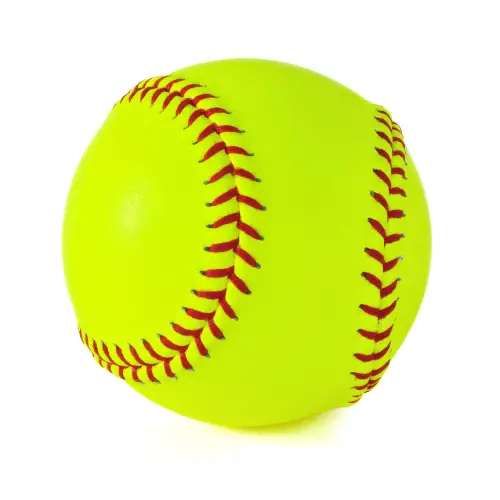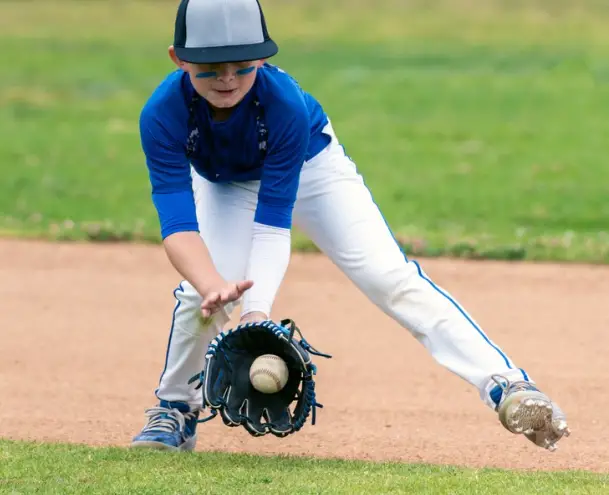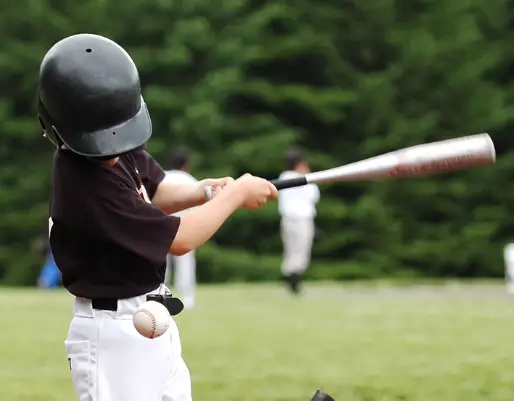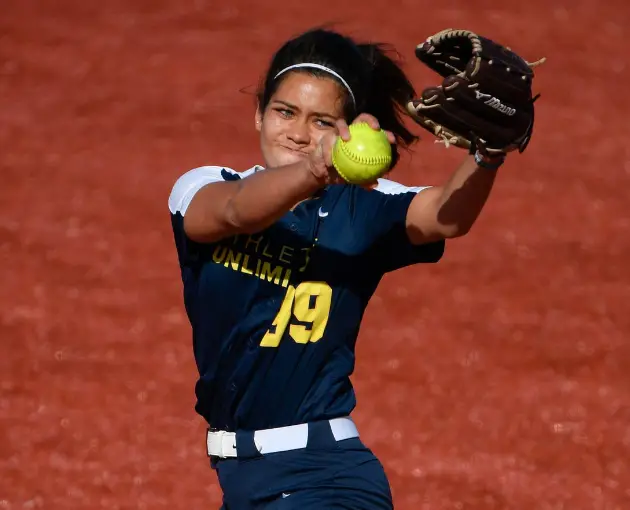In slow-pitch softball, the pitcher has to follow certain rules while pitching. These rules ensure fair play and prevent pitchers from gaining an unfair advantage. One such rule is the illegal pitch. An illegal pitch is any pitch that violates the rules set by the organizations that govern the game. In this article, we will discuss the rules for illegal pitches in slow-pitch softball in detail.
What is an illegal pitch in slow-pitch softball?
In slow-pitch softball, an illegal pitch refers to a pitch that violates the rules of the game. The specific rules for illegal pitches may vary slightly depending on the league or organization, but I can provide you with some common examples:
- Pitching arc: In slow-pitch softball, the pitcher is required to deliver the pitch with an arc that is between 6 and 12 feet from the ground. If the pitch fails to meet this requirement, either by being too high or too low, it can be deemed an illegal pitch.
- Stepping out of the pitching area: The pitcher must keep at least one foot within the pitcher’s plate or pitching box until the ball is released. Stepping out of this designated area before releasing the ball can result in an illegal pitch.
- Quick pitching: Quick pitching refers to pitching the ball before the batter is ready or without giving them adequate time to set up in the batter’s box. It’s typically considered an illegal pitch.
- Failure to pause: Before delivering the pitch, the pitcher must come to a complete stop for a brief moment with the ball in hand, typically with both feet on the ground. If the pitcher fails to pause or performs any quick or sudden movements, it can be considered an illegal pitch.
- Disallowed spin or rotation: Some leagues or organizations may have specific rules regarding the type of spin or rotation allowed on the ball. For example, certain spins, such as the riseball or the backspin, may be prohibited and considered illegal in slow-pitch softball.
What are the penalties for an illegal pitch?
When an illegal pitch is called, the penalty varies depending on the governing organization. In most cases, the pitcher is given a warning for the first illegal pitch. If the pitcher throws another illegal pitch, then the opposing team is given a ball for each illegal pitch thrown. The opposing team may also be given the option to take the result of the pitch or to have the pitch called a ball. In some cases, the pitcher may also be removed from the game if they throw too many illegal pitches.
What are the common types of illegal pitches in slow-pitch softball?
Some common types of illegal pitches in slow-pitch softball include:
– Pitching from above the shoulder: In slow-pitch softball, the pitcher is not allowed to pitch from above the shoulder level. This rule is in place to prevent pitchers from throwing pitches that are too fast or difficult for the batter to hit.
– Pitching outside the pitching zone: The pitcher is required to pitch the ball within the designated pitching zone. If the pitcher throws a pitch outside the pitching zone, it is considered illegal.
– Stepping outside the pitching box: The pitcher is required to keep one foot inside the designated pitching box while delivering the pitch. Stepping outside the box during the pitch is considered an illegal pitch.
– Delivering an underhand pitch with a wrist snap: In slow-pitch softball, pitchers are not allowed to deliver an underhand pitch with a wrist snap. This rule is in place to prevent pitchers from gaining an unfair advantage by imparting additional speed or spin on the ball.
– Hiding the ball: The pitcher is required to keep the ball in plain view of the batter and the umpire at all times. If the pitcher hides the ball or otherwise tries to deceive the batter or umpire, it is considered an illegal pitch.
– Faking a pitch: If the pitcher fakes a pitch or otherwise makes a fake motion without releasing the ball, it is considered an illegal pitch.
How can a pitcher avoid throwing an illegal pitch?
To avoid throwing an illegal pitch, the pitcher should:
– Practice keeping their pitches within the designated pitching zone.
– Practice delivering the ball underhand without a wrist snap.
– Keep one foot within the designated pitching box at all times.
– Keep the ball in plain view of the batter and the umpire at all times.
– Practice delivering the ball smoothly and without any fakes or fake motions.
How can a batter take advantage of an illegal pitch?
When an illegal pitch is called, the batter may be able to take advantage of the situation. Depending on the organization, the batter may be given the option to take the result of the pitch or to have the pitch called a ball. If the batter chooses to take the result of the pitch, they may be able to hit the ball and advance on the bases. If the batter chooses to have the pitch called a ball, they will be awarded first base.
How can an umpire identify an illegal pitch?
Umpires in slow-pitch softball are responsible for identifying illegal pitches. To do so, they must be familiar with the rules set by the governing organization. Umpires should also watch the pitcher closely to ensure they are not violating any rules. If an umpire suspects an illegal pitch has been thrown, they will make the call and administer the appropriate penalty.
Conclusion
In conclusion, illegal pitches in slow-pitch softball are any pitches that violate the rules set by the governing organization. There are various types of illegal pitches, and the penalty for throwing an illegal pitch varies depending on the organization. To avoid throwing an illegal pitch, pitchers should practice delivering the ball within the designated pitching zone, keep one foot within the pitching box, and keep the ball in plain view of the batter and the umpire at all times. For batters, an illegal pitch may present an opportunity to advance on the bases or be awarded first base. Umpires are responsible for identifying and calling illegal pitches. By following these rules, players and umpires can ensure fair play and an enjoyable game of slow-pitch softball.







